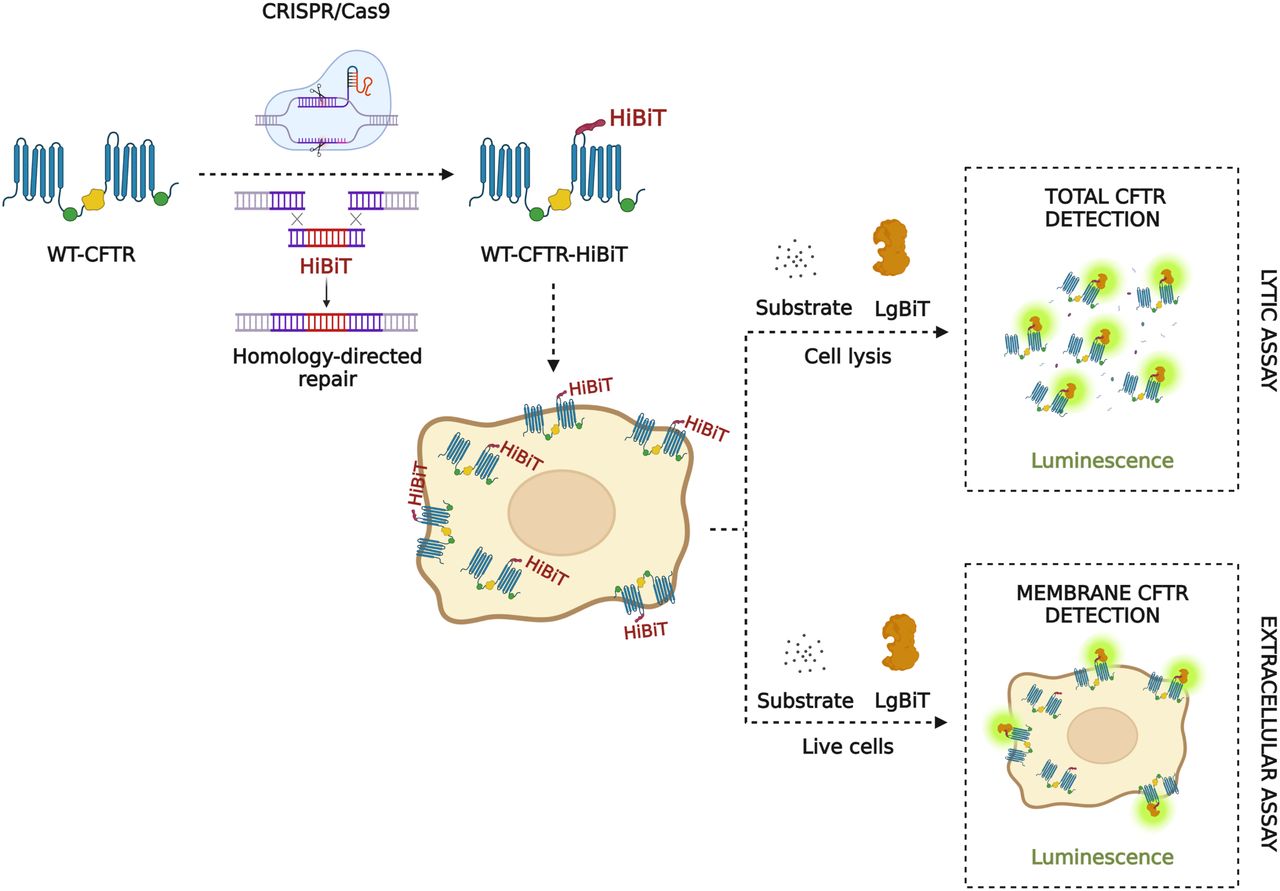
The error rate of an innovative gene-editing tool can be diminished by as much as 60-fold by introducing mutations that alter where the enzyme of the system performs cuts on the DNA strand. The researchers indicate that this ‘next generation’ prime editor could lay the groundwork for various advanced tools and applications.
Originating from Crispr, prime editing stands as one of the latest genome-editing techniques and, unlike traditional gene editing, solely cleaves one strand of DNA, which is expected to result in fewer unintentional deletions or insertions. Nonetheless, a significant challenge that persists with this method is its error rate. In this investigation, scientists from the Massachusetts Institute of Technology (MIT) in the US aimed to discover a method to eliminate errors from prime-editing systems.
Vikash Chauhan, a bioengineer at MIT and one of the contributors to the study, clarifies that in prime editing, only a single strand of DNA is severed, which is the site where the new genetic sequence is incorporated. ‘At the termination of that cut DNA strand, the prime editor appends a new sequence [that] encompasses the genetic modification intended,’ he clarifies. This culminates in a ‘flap’ of DNA, where the new sequence has been introduced, but the initial strand must be ejected to complete the edit.
‘This is a competitive process, as both the new sequence and the original sequence possess highly similar DNA sequences, and … in a way, the cell favors retaining the original sequence,’ remarks Chauhan. ‘If the new sequence prevails in the competition, then the intended edit is achieved. If the original sequence prevails, suddenly you have this additional fragment of DNA lingering around … and that’s what leads to the errors.’
## DNA scissors adapt to relax
To identify an effective resolution, the team concentrated on the protein Cas9, the molecular scissors responsible for cutting the DNA. Previous studies have demonstrated that Cas9 preferentially cleaves DNA at specific locations, which can heighten the risk of errors. Hence, the team sought to determine whether they could ‘relax’ the manner in which Cas9 nicks the DNA, aiming to create a version of the protein that would slice the DNA at varied locations along the strand, thereby reducing the stability of the original sequence and helping any modifications to adhere better.
‘There’s a strong link between mutations that ease the nick positioning and those that led to the degradation of the original DNA strand that we aimed to eliminate,’ states Chauhan. ‘We theorized that this would assist in transforming the competitive dynamic between the new strand and the original strand by simply removing the competition.’
Upon discovering the preferred mutations, they began combining them in a mix-and-match strategy to identify a prime editor with an exceptionally low error rate while maintaining reasonable editing efficiency, ultimately resulting in a version of Cas9 that consisted of four mutations in total. The final step involved integrating the Cas9 into an advanced prime editor structure.
‘The prime editor consists of several components bound together to form a large enzyme; the Cas9 element that executes the DNA cuts, reverse transcriptase that inscribes the new sequence onto the end, and supplementary factors that aid in enhancing the efficiency of the process,’ explains Chauhan. ‘We took our Cas9 element, integrated it into a structure enriched with several of these efficiency-boosting components, leading us to the prime editor we refer to as vPE, which proves to be quite efficient and robust with minimal error rates.’
They calculated that the potential maximum decrease in the error rate achievable with this new prime editor was approximately a 60-fold reduction. Although Chauhan clarifies that this type of enhancement will only be possible in ‘extreme’ scenarios in systems exhibiting a higher error rate, where every conceivable measure has been taken to ensure a precise, efficient edit.
Conversely, in more typical applications of prime editing, he mentions that the ratio of successful edits to insertion-and-deletion errors, or indels, improved from around 5 or 6:1 to slightly over 100:1 with vPE.
Chauhan states that the team is presently focused on further increasing the efficiency of vPE to enhance the robustness of the process, but he believes the research community could begin utilizing it quite soon.
Jin-Soo Kim, a specialist in engineering biology at Korea Advanced Institute of Science and Technology in Daejeon, South Korea, characterizes the study as ‘very intriguing.’ ‘Two years prior, we reported that H840A Cas9, a critical component of prime editors, is not a genuine nickase, frequently resulting in [double-strand breaks] instead of [single-strand breaks]. Consequently, prime editors frequently generate unwanted indels. Employing a genuine nickase in prime editing can minimize undesirable indels.’
‘I am curious whether the novel mutations detailed in the paper prevent the formation of [double-strand breaks] in addition to relaxing nick positioning,’ he adds. Kim observes that the method was ‘straightforward’ and asserts he